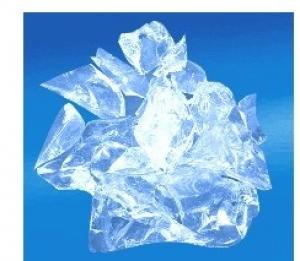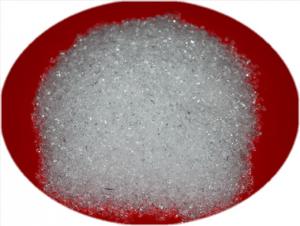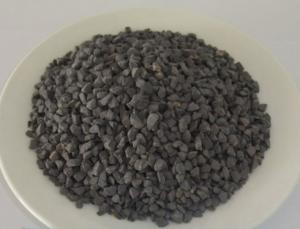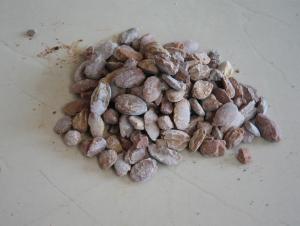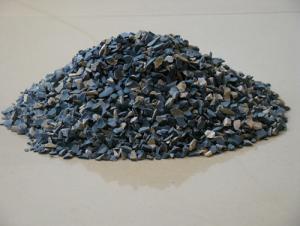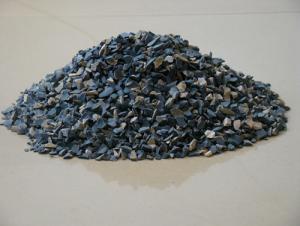FUSED SILICA SAND
- Loading Port:
- China Main Port
- Payment Terms:
- TT OR LC
- Min Order Qty:
- -
- Supply Capability:
- -
OKorder Service Pledge
OKorder Financial Service
You Might Also Like
PRODUCT INFORMATION | |
Item | Fused Silica Powder |
Size | D50=9~11um |
Application | Epoxy insulation encapsulant material / Epoxy Molding Compound (EMC), Copper Clad Laminate (CCL), Electromagnetism Industry, Electronic Industry, Ceramic Industry, The Aerospace Industry, Glass Industry, Plastics Industry, Grinding Material Industry, Coating Industry, Investment Casting Industry, Thermal Insulation Product of Calcium Silicate, Refractory Material |
Model No. | R610 |
MOQ | 5 ton |
Material | natural silica rock after melting |
H.S. CODE | 25061000 |
PRODUCT CHEMICAL COMPOSITION AND PHYSICAL PROPERTIES | |
SiO2 | >99.99% |
Al2O3 | <0.015% 1000ppm |
Fe2O3 | <0.002% 50ppm |
Density | 2.2 |
Whiteness | >92% |
Moisture content | <0.05% |
Mohs hardness | 6.5 |
Igniting loss | <0.12% |
Appearance | powder |
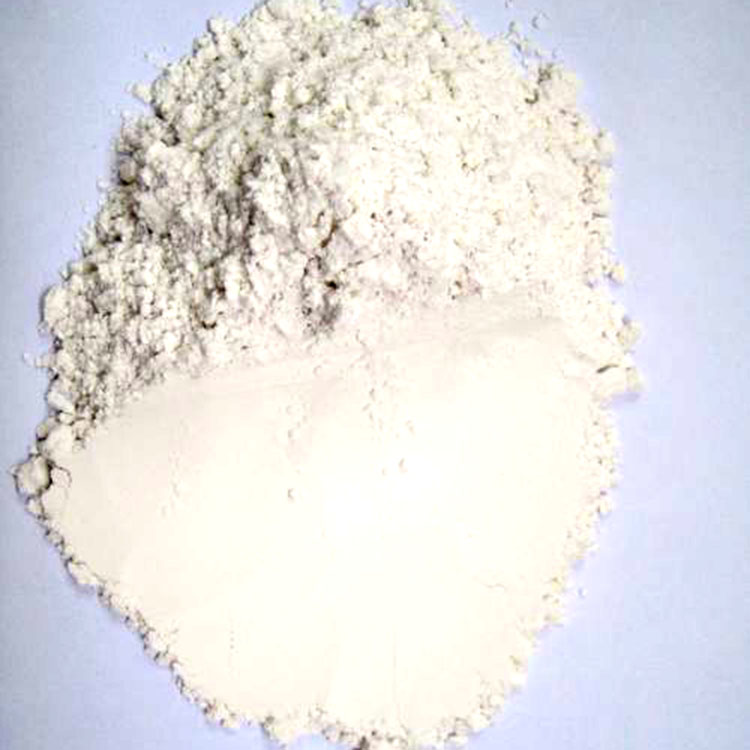
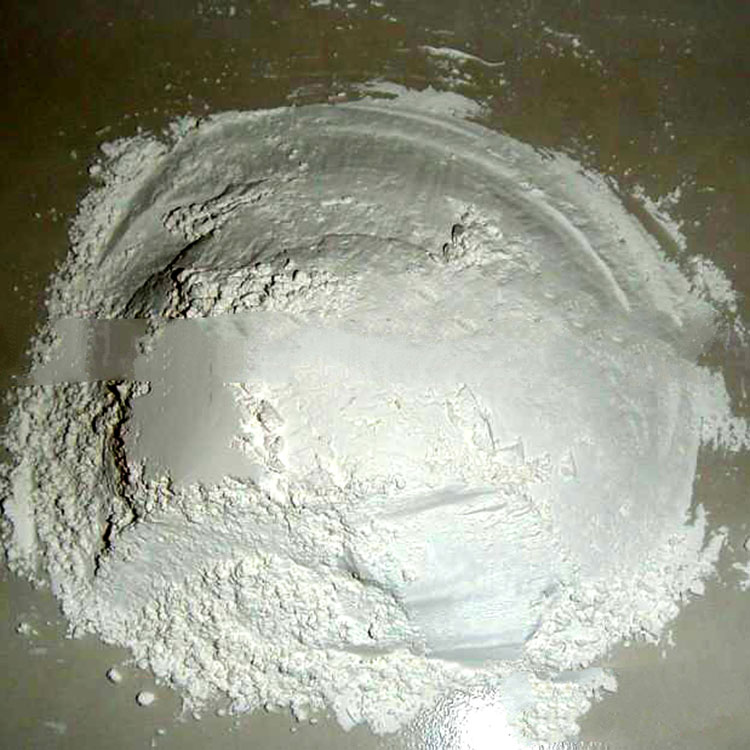
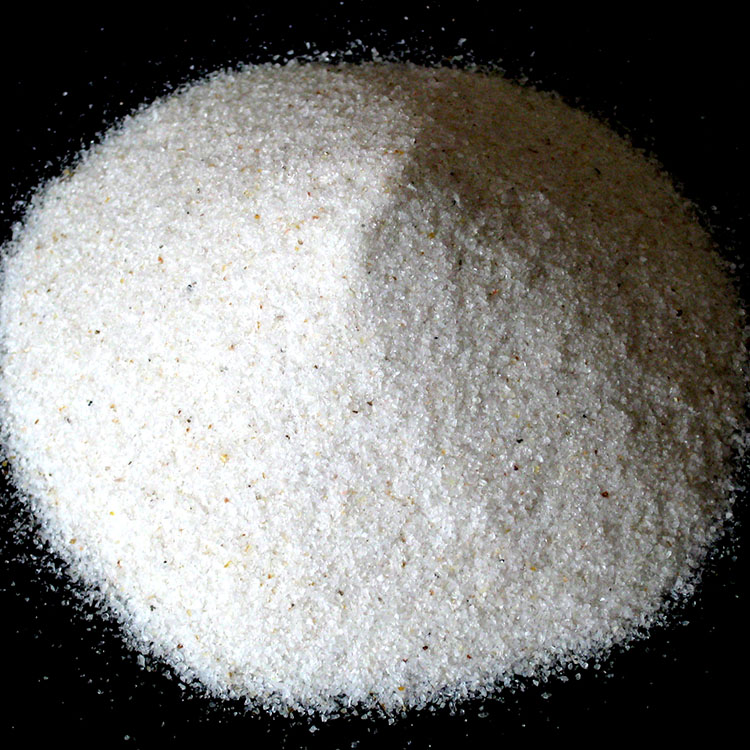
- Q:What's the maximum temperature that the refractory ceramic fiber cloth can endure?
- Ceramic fiber cloth is high temperature resistant and its continous use temperature can be up to 1000℃. It has high temperature resistance, low heat conductivity, thermal shock resistance, low thermal capacity; superior insulating property at high temperature, long service life; resistance to nonferrous metals like molten aluminum and zinc erosion; low and high temperature strength; innocuity with no adverse effect on the environment; and it is easy to install.
- Q:What is the main constituent of refractory brick?
- The main constituent of silica?brick is monox, etc. Refractory bricks have many kinds of texture. The main constituent of high alumina brick and clay brick is aluminium oxide. The main constituent of every texture is different. The main constituent of magnesia bricks and magnesia-chrome bricks is magnesium oxide.
- Q:whether the fire resistant level of aerated concrete building blocks can reach the grade one?
- Aerated concrete building blocks is made by calcareous materials (such as cement, lime) and siliceous material (such as sand, fly ash, slag), adding aluminum powder ingredients as filling agent, by mixing with water, casting molding, gas - expansion, raising the pre-cut, and then the high-pressure steam curing of silicate building blocks. when aerated concrete is at the temperatures below 600 ℃, the compressive strength will be increased slightly, when the temperature is at about 600 ℃, the compressive strength is close to the compressive strength at normal temperature, so the aerated concrete, as building materials, the fire performance can meet the national fireproffing safety standards level.
- Q:What is neutral refractory? Can refractory suppliers tell the main components of it?
- // Baike? Url x3d CQ3i6_yUCWUMgk3aaRGGLURNtvKPl5IdZpj35Yvommk7Nyif0IJD-SkdIW29GCHwLpb9cT9Ii25GLcEJg-ZHcq "target x3d" _blank "x26gt; http://baike.baidu.baidu.
- Q:What's the feature of construction external wall fireproof and thermal inuslation matertial?
- Building external wall fireproof thermal insulation material is made by stirring, casting, foam protecting and cutting with industrial by-product gypsum as the main raw material, adding sulphate aluminium cement, fly-ash, polymer additives and other materials. It has excellent properties of respiratory function , air permeability, water impermeability, recycling system data, wind load resistance, shock resistance, thermal insulation, fireproof and sound insulation.
- Q:What are the physical properties of refractory material?
- The mechanical properties of refractory material include compressive strength, volume density and sclerosing, slag resistance, elastic modulus, thermal shock resistance, oxidation resistance, bibulous rate, fluidity, resilience, bond strength and slump, electrical conductivity, specific heat, heat capacity, the impact strength, linear change, torsional strength, stomatal aperture distribution, resistance to acid, etc. The use performance of refractory material include refractoriness, thermal emissivity, condensation, porosity, coefficient of thermal expansion. Thermal properties of refractory material include thermal conductivity, temperature conductivity, plasticity, the hydration resistance, creep performance. The physical properties of the refractory materials include structure performance, mechanical properties, shear strength, load softening temperature, CO erosion resistance. The structure properties of the refractory materials include porosity, alkali resistance and sintering. The operating performance of refractory material include consistency, tensile strength, the use performance and operating performance, wear resistance, bending strength, thermal properties.
- Q:Does refractory belong to stone, building materials or other?
- Refractories belong to organic non-metallic materials, stone and construction materials. After it is used in building. Just for your reference.
- Q:What is molten silicon? What refractoriness do refractories made by it have? What properties of using does it have?
- Molten silicon can be called quartz glass, which shows an amorphous silicon state. It is a liquid fusion at above 1723 degree and is an ultra-cooling state at low temperatures. It is not generated in refractories, but generated in the matrix, showing liquid state at a high temperature capable of buffering the stress with somewhat binding properties. If quartz glass is used as refractory, its function are melrly these ones. (These are what I konw for reference only.)
- Q:Can you tell me the classification of fireproof sealing material.
- Inorganic fireproof plugging material includs: organic fireproof plugging material, fire bags, warfare, fire collars, fire belt, fire prevention sealing strip, flexible fire protection coil, fireproof glue and so on. I hope my answer can help you. Thank you!
- Q:Who knows about the fire endurance of grade C fire doors?
- The fire endurance of grade C fire doors is no less than 0.5 hours. As the key role of family fireproofing, fire doors is particularly important. It can be classified according to the fire endurance and thermal insulation performance: The fire endurance of grade A fire doors is not less than 1.5 hours; that of grade B fire doors is not less than 1.0 hours; and that of grade C fire doors is not less than 0.5 hours. We can choose in accordance with different needs, but commonly used fire doors are grade A and B fire doors now.
1. Manufacturer Overview |
|
|---|---|
| Location | |
| Year Established | |
| Annual Output Value | |
| Main Markets | |
| Company Certifications | |
2. Manufacturer Certificates |
|
|---|---|
| a) Certification Name | |
| Range | |
| Reference | |
| Validity Period | |
3. Manufacturer Capability |
|
|---|---|
| a)Trade Capacity | |
| Nearest Port | |
| Export Percentage | |
| No.of Employees in Trade Department | |
| Language Spoken: | |
| b)Factory Information | |
| Factory Size: | |
| No. of Production Lines | |
| Contract Manufacturing | |
| Product Price Range | |
Send your message to us
FUSED SILICA SAND
- Loading Port:
- China Main Port
- Payment Terms:
- TT OR LC
- Min Order Qty:
- -
- Supply Capability:
- -
OKorder Service Pledge
OKorder Financial Service
Similar products
New products
Hot products
Related keywords
